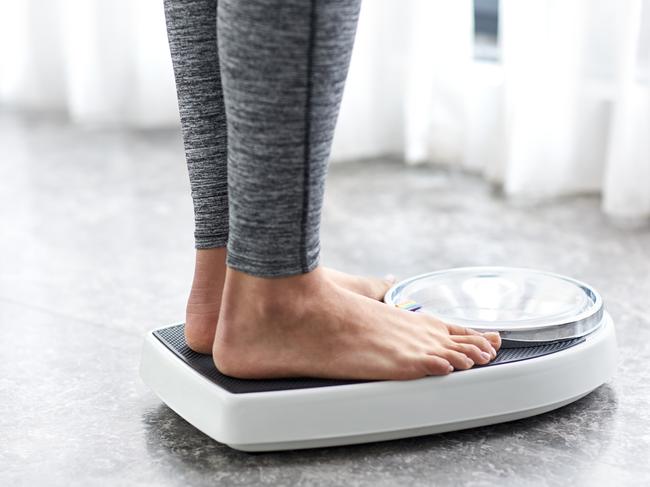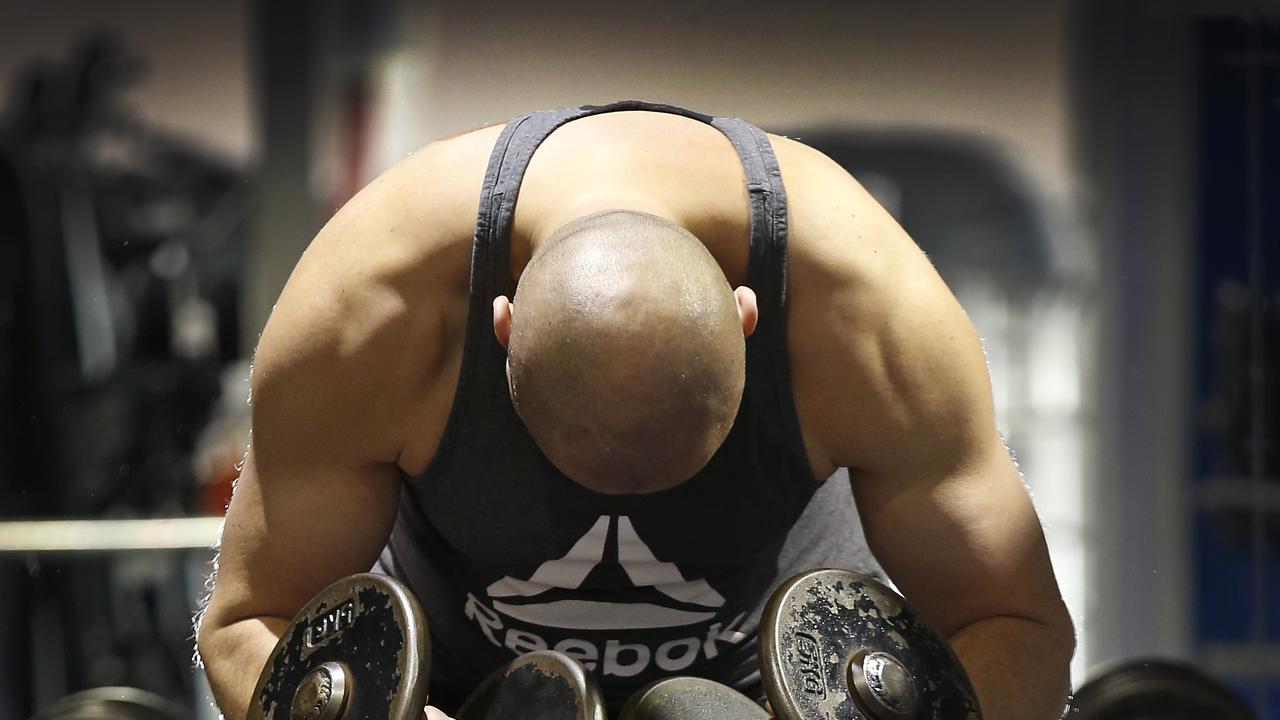Middle-aged women exercise more than their daughters
New research from the UK shows middle-aged women prioritise their health after menopause. But they still lag men, the study shows.

Middle-aged women do more exercise than their daughters, research has found.
A study of 6000 women found that those in their 40s and 50s were the most likely to be active nearly every day, as menopause prompts many women to prioritise healthy ageing.
Women in their 20s were also more likely than older women to say that they did not exercise out of fear of being judged on their bodies, or because of mental-health problems.
Overall, the study by Vitality UK, a health and life insurance company, showed women were less active than men at every stage of life – with only one in four meeting recommended physical activity guidelines.
Experts said the findings showed the importance of “rebranding” exercise from being a weight-loss tool, and should encourage initiatives such as providing creches at gyms, safer outdoor spaces, free fitness plans and flexible working. The research polled 1000 women from their 20s to 70s on how often they exercised including walking, gym classes or team sports; 27 per cent of those aged 40 to 59 said they exercised at least five times a week, compared with 19 per cent of those aged 20 to 29.

Meanwhile 78 per cent of women in their 20s said body image concerns prevented them from participating in sport, compared with 62 per cent of women aged 40 to 59 and less than half of over-60s. And 70 per cent of women in their 20s said poor mental health such as depression or anxiety stopped them from exercising.
While older women tended to do more frequent exercise, the number of women who “never” exercised increased with age, from 4 per cent of those in their 20s to 15 per cent in their 70s.
The motivations for exercise also changed as women aged. Nearly half of women aged 20 to 50 said weight management was their main reason to exercise. But only one in three women in their 60s and 70s said they were focused on managing their weight, with older women more likely to be motivated by preventing heart disease and maintaining muscle mass.
Across all age groups, middle-class women exercised more. Those from the poorest social classes were twice as likely as wealthier women to be inactive.
Neville Koopowitz, the chief executive of Vitality, said: “There are consistent obstacles to women exercising – across all ages we see the majority of women not achieving the recommended weekly activity levels.
“It’s clear that we need a broader shift in how women perceive exercise to move the focus away from weight to health.”

Overall, only 23 per cent of women engaged in 30 minutes of exercise or achieved 7000 steps a day, five or more times a week. The report said workplaces should promote women’s fitness by encouraging “exercise snacks” throughout the day, such as lunchtime yoga, or walking meetings.
Meanwhile the UK National Health Service is being urged to prescribe exercise classes to women, and to ensure they are not given “outdated guidance” discouraging exercise at certain stages such as pregnancy.
Dame Jessica Ennis-Hill, the Olympic heptathlon gold medallist, said “for too long, women’s physical activity has been held back by societal barriers such as lack of time, insufficient support, and cultural norms that prioritise caregiving over self-care”.
Stephanie Hilborne, the chief executive of Women in Sport in Britain, said: “Outdated systems, stereotyping and a lack of tailored provision are holding women back. We urgently need to redesign how health systems, workplaces and the sports industry support women across every life stage.”
The Times





To join the conversation, please log in. Don't have an account? Register
Join the conversation, you are commenting as Logout